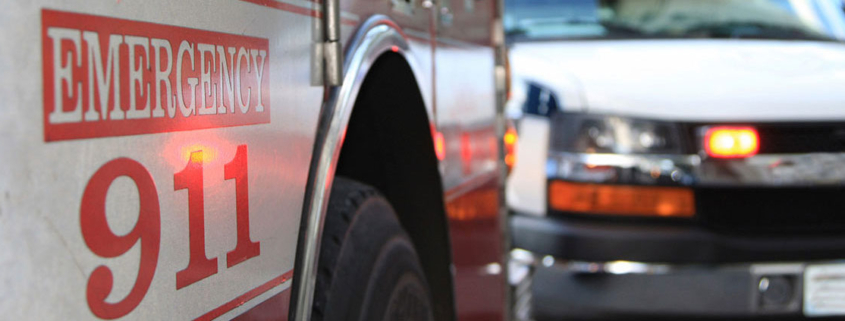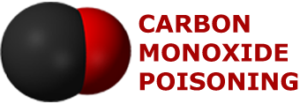
Understanding the Symptoms of Carbon Monoxide Poisoning
The symptoms of carbon monoxide poisoning range from initially non-life threatening headache, dizziness, nausea, vomiting, fatigue, brain fog, shortness of breath and confusion to loss of consciousness, chest pain, heart attack, seizure and death. In isolation, each symptom can be confused with some other disease process. What could distinguish the non-life threatening symptoms of carbon monoxide poisoning from other disease processes is include
- The rapid onset of the symptoms,
- The fact that the symptoms may diminish when you leave the toxic environment, or
- The near simultaneous onset of the similar symptoms in other occupants of the same indoor space.
Death from carbon monoxide poisoning is almost always the result of a heart attack which stops the heart from beating.
Acute Symptoms of Carbon Monoxide Poisoning
The dilemma in identifying carbon monoxide poisoning is that the early symptoms of CO exposure mimic many common diseases, including the flu, which is most common in the heating season, when CO poisoning is the most likely. For a hundred years the term “winter flu/winter headache” was used to refer to carbon monoxide poisoning. As the severity of the poisoning increases, poisoned individuals are more likely to experience things more typical of heart attack, stroke or dementia, including:
- Impaired Memory,
- Attention Problems,
- Speech and Language Problems,
- Motor Difficulties,
- Slowed Mental Processing,
- Executive dysfunction,
Tragically, the most severe exposures of CO poisoning sometimes come with almost no interval of the early symptoms. The absence of oxygen to the heart simply stops it from beating. The term “drop where you stop” is used to describe deaths from high levels of CO where the onset of heart dysfunction happened before there was the perception or the opportunity for escape. These rapid loss of consciousness are often associated with the using a gas engine indoors, including portable electric generators and concrete saws.
Heart Related Symptoms of Carbon Monoxide Poisoning
When the heart is short of oxygen, the only warning of impending catastrophe may be cardiac related symptoms including:
- Arrhythmia,
- Tachycardia,
- Hypertension.
- Angina.
Carbon Monoxide is an Epidemiological Event
Unless a carbon monoxide detector has sounded the alarm, it is only when multiple people are affected that the concern is likely to focus on the possibility of carbon monoxide poisoning. Even EMT’s may treat severely injured people unawares. For this reason, we advocate for the mandating of personal protective CO devices for all EMT’s, utility workers and other first responders.
In every mass poisoning in which the Brain Injury Law Group has been involved, it was not until multiple people had fainted that the possibility of carbon monoxide poisoning was considered.
Longterm Sequelae of Carbon Monoxide Poisoning
While cardiac issues do occur in about 15% of the survivors of a significant CO event, the primary long term symptoms of carbon monoxide poisoning related to brain damage and other neurological sequelae (symptoms.) Elsewhere, we have written much about the condition of Delayed Neurological Sequelae or DNS. Primarily, DNS is describing persisting neurological and brain damage related symptoms of CO poisoning.
